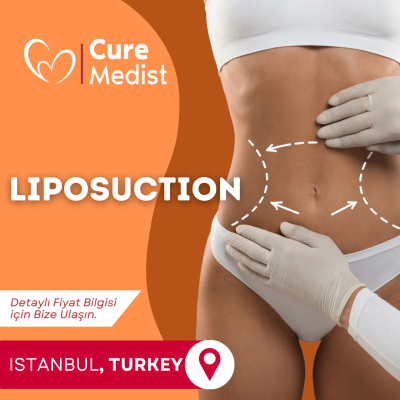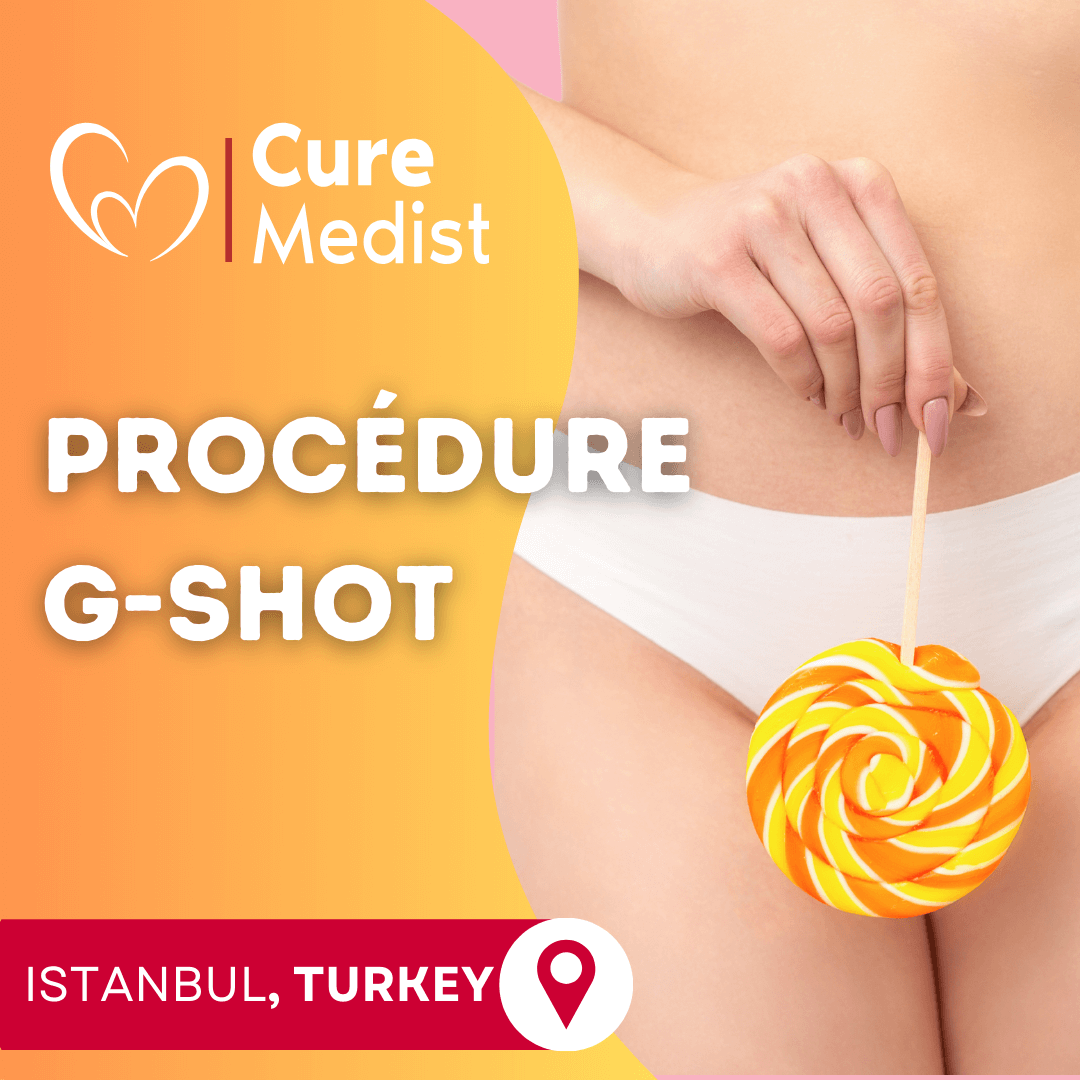Liposuction is a cosmetic surgical procedure designed to remove excess fat deposits from specific areas of the body, resulting in a more contoured and aesthetically pleasing shape. Here’s a detailed overview:
What is Liposuction?
Liposuction, also known as lipoplasty or suction-assisted lipectomy, involves the use of a suction technique to remove fat from particular areas of the body, such as the abdomen, hips, thighs, buttocks, arms, or neck. It is important to note that liposuction is not a weight-loss procedure but rather a body-contouring method to target stubborn fat that does not respond to diet and exercise.
Indications for Liposuction:
- Stubborn Fat Deposits: Localized fat that is resistant to diet and exercise.
- Body Contouring: Enhancing body shape and proportions.
- Gynecomastia: Removing excess fat in male breasts.
- Lipodystrophy Syndrome: Treating fat metabolism disorders.
Types of Liposuction:
- Tumescent Liposuction:
- Procedure: A large amount of tumescent fluid (a mixture of saline, lidocaine, and epinephrine) is injected into the fat tissue before suctioning. This helps to reduce bleeding, pain, and bruising.
- Common Use: This is the most common form of liposuction.
- Ultrasound-Assisted Liposuction (UAL):
- Procedure: Uses ultrasound energy to liquefy the fat, making it easier to remove.
- Common Use: Often used in fibrous areas like the back or male chest.
- Laser-Assisted Liposuction (LAL):
- Procedure: Uses laser energy to liquefy fat cells, which are then suctioned out.
- Common Use: Can be beneficial for skin tightening in addition to fat removal.
- Power-Assisted Liposuction (PAL):
- Procedure: Uses a vibrating cannula to break up fat cells for easier removal.
- Common Use: Often used for large volumes of fat or in areas with denser fat deposits.
Procedure:
- Initial Consultation:
- Assessment: The surgeon evaluates the patient’s overall health, fat distribution, skin elasticity, and specific goals.
- Discussion: The patient discusses their desired outcomes, and the surgeon explains the procedure, potential risks, and recovery process.
- Pre-Operative Preparations:
- Anesthesia: The procedure is typically performed under local anesthesia with sedation or general anesthesia, depending on the extent of the liposuction.
- Marking: The surgeon marks the targeted areas for fat removal.
- Surgery:
- Incisions: Small incisions are made in the skin near the target areas.
- Infusion of Tumescent Fluid: For tumescent liposuction, the fluid is injected into the fat tissue to facilitate fat removal and reduce bleeding.
- Fat Removal: A cannula (a thin tube) is inserted through the incisions to suction out the fat. The surgeon moves the cannula back and forth to break up the fat cells before suctioning them out.
- Closure: The incisions are usually small and may be left open to drain, or they may be closed with sutures.
Recovery:
- Immediate Post-Operative Care:
- Monitoring: The patient is monitored in a recovery area until they are stable enough to go home.
- Dressings and Garments: Compression garments are applied to reduce swelling and support the treated areas.
- Short-Term Recovery:
- Pain Management: Pain and discomfort are managed with prescribed medications.
- Activity Restrictions: Patients are advised to avoid strenuous activities and heavy lifting for a few weeks.
- Follow-Up Appointments: Regular check-ups are scheduled to monitor healing and address any concerns.
- Long-Term Recovery:
- Swelling and Bruising: These typically subside over a few weeks to months.
- Final Results: The final contours of the treated areas may not be fully apparent until several months after surgery.
Benefits of Liposuction:
- Improved Contour: Achieves a more balanced and aesthetically pleasing body shape.
- Targeted Fat Removal: Effectively addresses stubborn fat deposits resistant to diet and exercise.
- Enhanced Self-Esteem: Improvement in body image and self-confidence.
Suitability:
- Good Candidates: Individuals in good overall health with realistic expectations who have localized fat deposits and good skin elasticity.
- Non-Smokers: Smoking can impair healing and increase the risk of complications.
- Stable Weight: Candidates should be at or near their ideal weight, as significant weight fluctuations can affect the results.
Liposuction can provide significant improvements in body contour and proportion. Consulting with a board-certified plastic surgeon is essential to discuss individual goals, potential risks, and the best approach for achieving the desired results.







